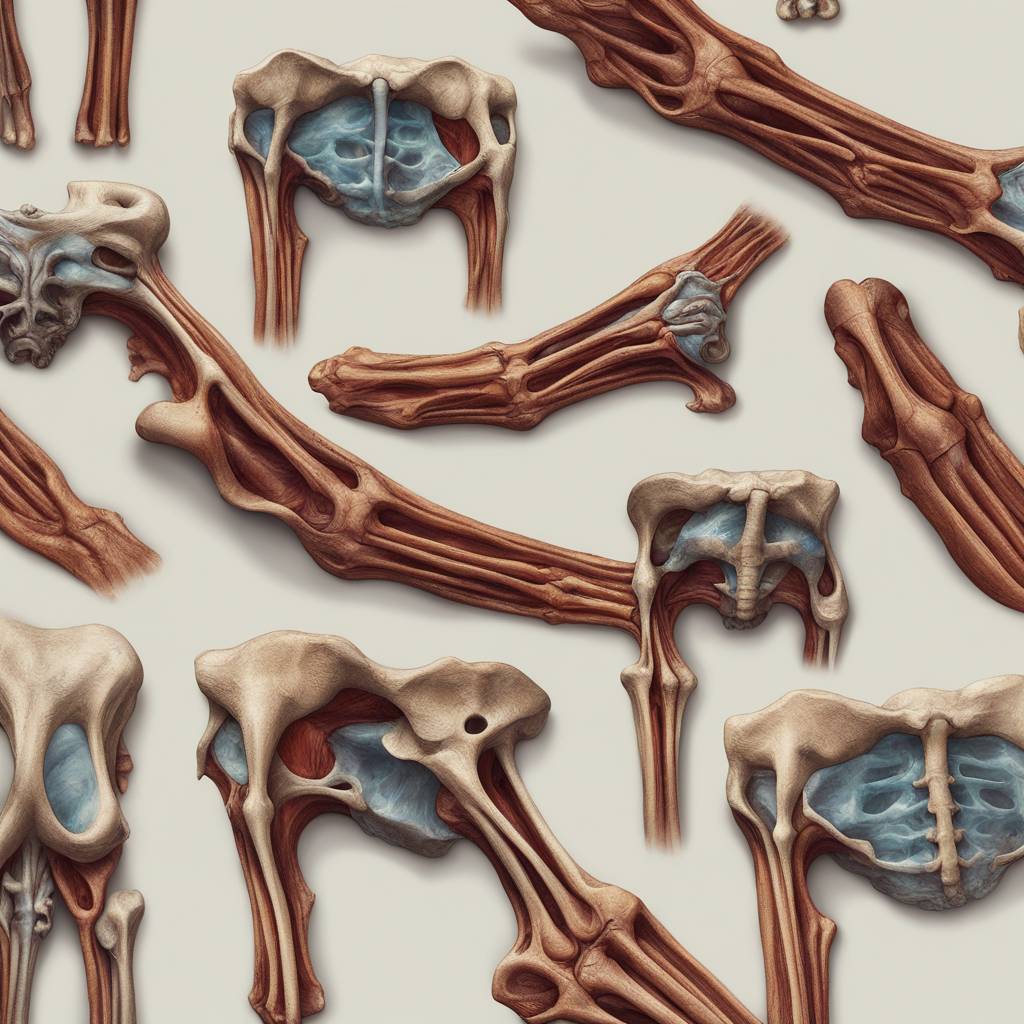The new reconstruction of the skeleton of Tiktaalik, a 375-million-year-old fossil fish, sheds light on the evolution of limbs from fins and the development of features that eventually allowed our ancestors to walk on land. The research team, including a biologist from Penn State, used micro-computed tomography (micro-CT) scanning to reveal previously hidden vertebrae and ribs of the fish. These scans confirmed that the ribs of Tiktaalik likely attached to the pelvis, a significant innovation believed to be crucial for supporting the body and the eventual evolution of walking.
Unlike most fish, which have uniform vertebrae and ribs along the length of their trunk, the axial skeletons of limbed vertebrates show distinct differences in these bones from the head region to the tail region. Evolution of this regionalization allowed for specialized functions, including a mechanical linkage between ribs in the sacral region to the pelvis, enabling support of the body by the hind limbs. This connection between the pelvic fins of fish and the hind limbs of tetrapods paved the way for the evolution of walking, as hind limbs and pelvis became larger and formed a connection to the vertebral column to support the body.
Tiktaalik represents a crucial evolutionary transition, showing a combination of traits typical of aquatic life as well as those seen in terrestrial animals. The reconstruction of the fish’s skeleton has provided new insights into how the pelvic girdle, ribs, and vertebrae fit together and interacted, offering clues about the initial stages of walking evolution. The researchers speculate that the connection between the pelvis and axial skeleton of Tiktaalik was likely made of ligaments, unlike the tightly fitting bones of human hips.
The reconstruction of Tiktaalik’s skeleton also reveals specializations for head mobility and details of the fish’s pelvic fin anatomy, providing a comprehensive view of this important transitional species. The discovery sets the stage for further studies on how Tiktaalik moved and interacted with its environment 375 million years ago. The research team, which includes experts from the University of Chicago and the Academy of Natural Sciences of Drexel University, received support from various foundations and organizations for their work on reconstructing the skeleton of Tiktaalik.
The study advances our understanding of the evolutionary steps that led to the development of walking in vertebrates, highlighting how specialized traits in Tiktaalik contributed to this process. By reconstructing the skeleton of the ancient fish in detail, the researchers have unveiled new information about the connections between the pelvis, ribs, and vertebrae, shedding light on the origins of walking behavior. The findings emphasize the significance of studying transitional fossils like Tiktaalik in uncovering the evolutionary history of vertebrates and the development of terrestrial locomotion.


